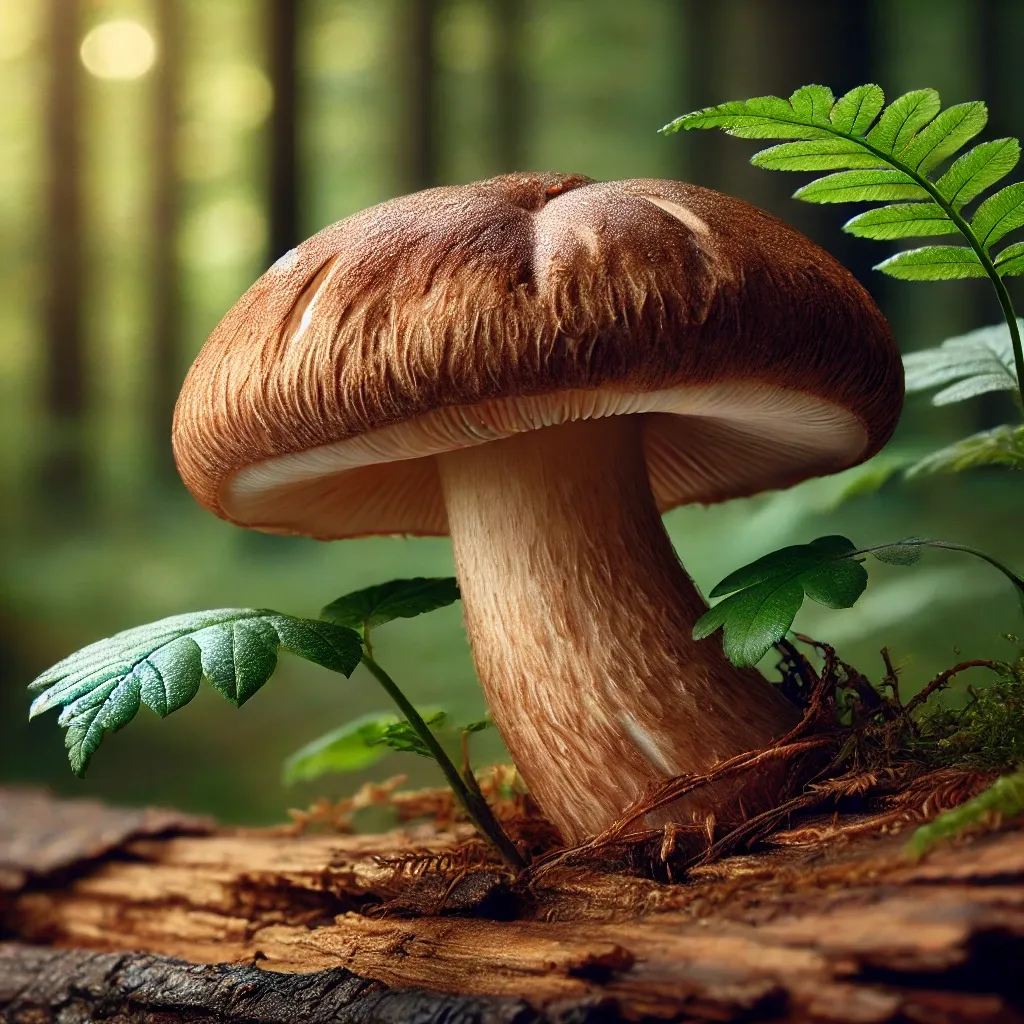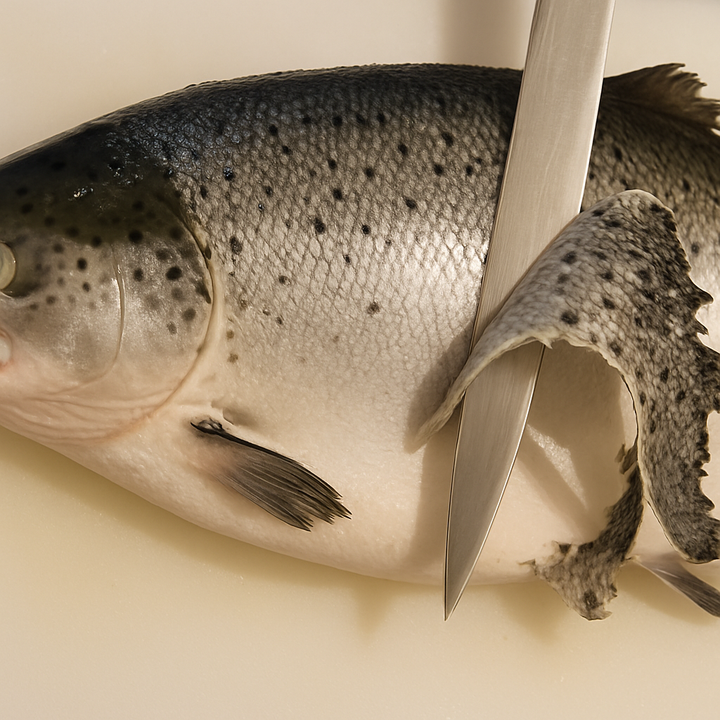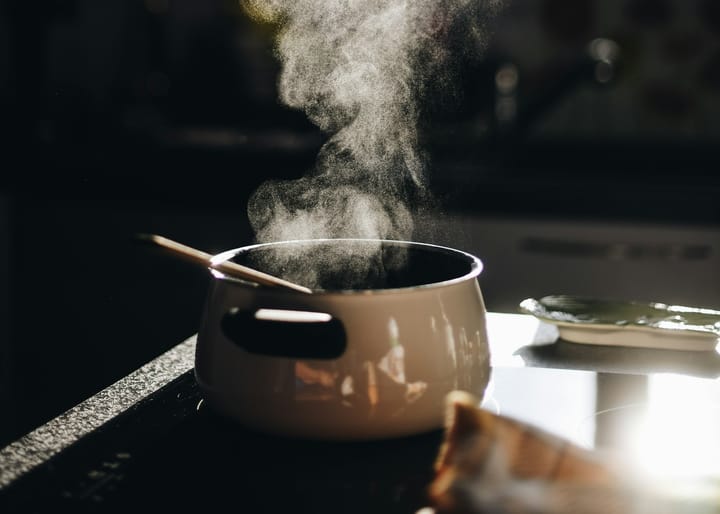Dried Shiitake Mushrooms: Expert Selection Guide
This article is about choosing the right dried shiitake mushrooms from the various sizes and thicknesses to achieve optimal flavor.

It might surprise some if dried shiitake mushrooms are missing from a celebratory Chinese New Year feast.
A staple in Cantonese cuisine, shiitake mushrooms shine in dishes such as steamed pork patties, chicken, braised dishes with oyster sauce, and layered poon choi.
The aromatic fungus offers a depth of flavor that is hard to match.
Yet, the culinary versatility of dried shiitake mushrooms extends well beyond Cantonese fare.
In Japanese cuisine, shiitake mushrooms are integral to dishes like dashi broth and nimono (simmered dishes).
Korean cooking uses them to enhance the flavors of jeongol (hot pot) and japchae (stir-fried glass noodles).
Western cuisines also benefit from the addition of shiitake mushrooms, which enrich the taste of risottos, pasta dishes, and hearty stews.
However, selecting the perfect mushrooms can be daunting. With so many sizes and thicknesses available, choosing the right ones for your needs is challenging.
Whether for a Chinese banquet, Japanese hot pot, or Italian risotto, picking the appropriate dried shiitake mushrooms is essential for achieving the best flavors.
What Are the Different Types of Shiitake Mushrooms?

Dried shiitake mushrooms are available in various types, primarily categorized by their origins and physical characteristics.
Most of these mushrooms are imported from China, followed by Japan and Korea. Shiitake mushrooms grow on trees, absorbing nutrients from their environment, which, along with climatic conditions, shapes their form.
There are over 10 distinct types of shiitake mushrooms based on their key features. Here are some of the main varieties, listed from highest to lowest quality:
- White Flower Mushroom: Considered the highest quality shiitake due to its extensive “baau fa.”
- Flower Mushroom: Identified by the distinct cracks on the cap, commonly referred to as “baau fa.”
- Tea Flower Mushroom: Has fewer cracks on the cap compared to the flower mushroom.
- Inch Mushroom: Named for its small size, typically less than one inch, with a variant known as flower inch mushroom featuring “baau fa.”
- Thick Mushroom: Characterized by a thicker cap, with a variant known as thick flower mushroom that also features “baau fa.”
- Winter Mushroom: This type has a smooth cap with no cracks.

Which Shiitake Mushroom Variety Tastes the Best?
For a mushroom to be considered delicious, it should have a smooth texture and a rich, sharp aroma.
Shiitake mushrooms that grow on high-quality, well-nourished trees tend to be larger and more flavorful.
Cold weather plays a significant role in enhancing their taste, as it helps the mushrooms conserve nutrients.
Frost and low humidity can cause the mushroom caps to crack, intensifying their fragrance. This is why large, thick, and rough mushrooms with “baau fa” (cracks on the cap) are highly prized.
The origin and storage duration of shiitake mushrooms also affect their quality.
Generally, Japanese shiitake mushrooms are regarded as the best, followed by Korean, with Chinese varieties ranking third.
To enjoy the best flavor, shiitake mushrooms should be consumed within a year of harvest, as their fragrance diminishes over time.
Additionally, even dried shiitake mushrooms contain a small amount of moisture and can become moldy if stored for too long.
Is a More Expensive Shiitake Mushroom Better?
The quality and suitability of shiitake mushrooms depend more on how they are paired with different dishes rather than their price.
For example, when preparing steamed fish, a shiitake mushroom with a lighter flavor, such as the "Xiangxin" variety, is preferable.
This variety is grown quickly in warm weather and has a light fragrance that complements the fish without overpowering it.
On the other hand, larger and thicker shiitake mushrooms, which are often more expensive, are ideal for braising.
This method of preparation helps to maintain their smooth and tender texture.
Therefore, while more expensive shiitake mushrooms can offer superior quality, their appropriateness depends on the dish being prepared.
Should You Choose Heavier or Lighter Mushrooms?
When selecting between two shiitake mushrooms of the same size, opt for the lighter one.
Dried shiitake mushrooms typically contain 5 to 7 percent moisture, and those that are heavier have a higher moisture content, making them more susceptible to mold in humid conditions.
Lightweight mushrooms indicate a more thorough drying process, resulting in a more stable aroma. When shopping, pick up and compare the mushrooms to find the lighter ones.
The presence of both fresh and dried shiitake mushrooms in the market doesn't mean they can be used interchangeably. Just as you wouldn't expect fresh and dried porcini mushrooms to serve the same purpose in recipes, the same applies to shiitakes.
Understanding the Differences Between Fresh and Dried Shiitake Mushrooms

Fresh shiitake mushrooms offer a silky, creamy, and delicate flavor. The ones found in supermarkets typically have thin caps, resulting in a lighter flavor.
However, at Asian markets, you might find thick-capped fresh shiitakes with a richer taste.
In contrast, dried shiitake mushrooms provide a concentrated earthy, woodsy, and umami flavor, along with a chewier and meatier texture.
Fresh shiitakes bring an elegant touch to dishes, while dried shiitakes add a depth of flavor that fresh mushrooms cannot achieve.
Therefore, substituting one for the other should only be considered in a pinch, as they each bring unique qualities to recipes.
Do Japanese Shiitake Mushrooms Stand Out in Quality?
Yes, Japanese shiitake mushrooms are often considered superior. In Japan, mushroom growers plant shiitake hyphae into drilled holes in whole pieces of wood, which are then moved to humid forest areas and watered regularly.
During cold weather, the wood is covered to ensure steady growth.
In contrast, other regions often cultivate shiitake on mixed wood shavings in plastic bags within greenhouses.
While this method allows for a shorter growing time and higher output, it doesn't match the nutrient richness that Japanese shiitake mushrooms gain from growing in natural, intact wood.
The difference in quality is evident when you smell the Japanese shiitake, which exudes a richer aroma.


